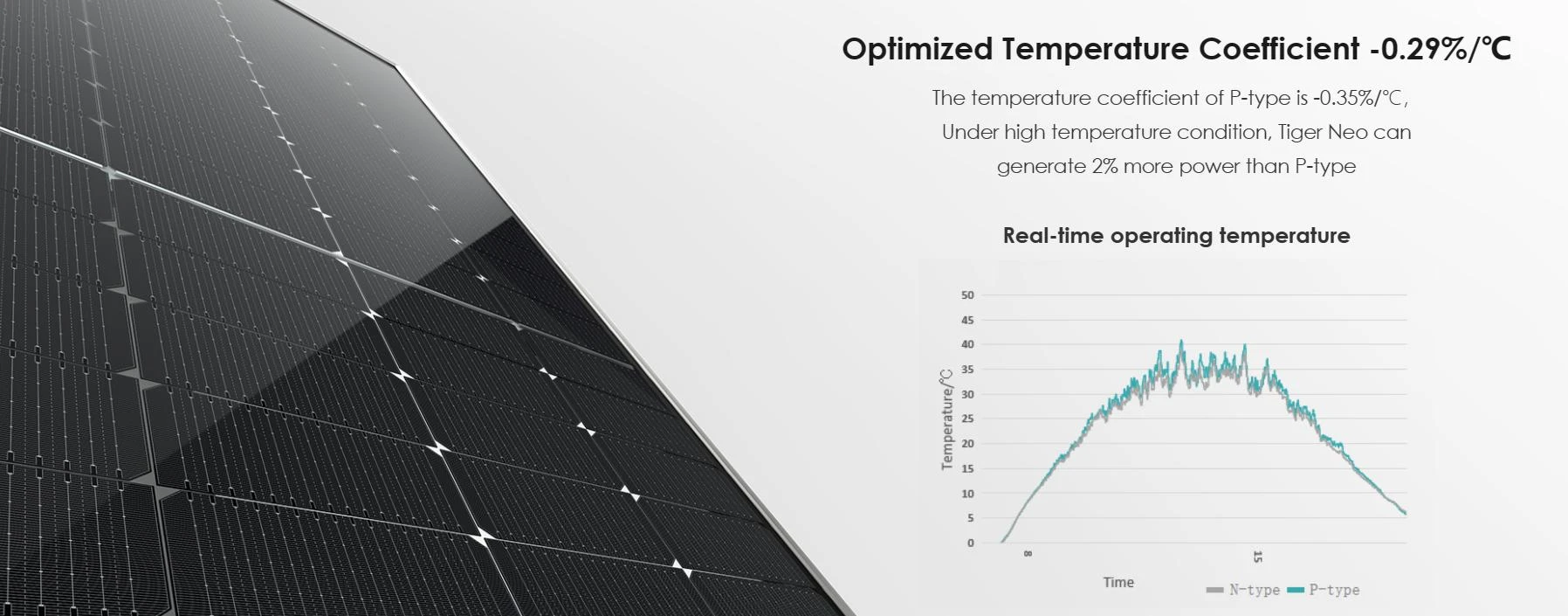Understanding the Manufacturing Process of Solar Panels in Simple Terms
How Solar Panels Are Made
Solar panels, also known as photovoltaic (PV) modules, are a crucial technology in harnessing solar energy, which is one of the most abundant renewable energy sources available. The process of manufacturing solar panels involves several steps, from raw material extraction to assembly of finished products. Here, we will explore how solar panels are made, highlighting the key stages in their production.
1. Raw Material Extraction
The primary raw material for solar panels is silicon, which is derived from sand. Silicon is abundant and serves as an efficient semiconductor for converting sunlight into electricity. The extraction of silicon involves heating silica sand in a furnace with carbon, resulting in molten silicon. Once cooled, the silicon is further purified to ensure its effectiveness in photovoltaic applications. This is typically done through a chemical process known as the Siemens process, where trichlorosilane gas is produced and then purified.
After obtaining purified silicon, it is transformed into solid blocks called silicon ingots. These ingots are then sliced into thin, flat pieces known as wafers. This is accomplished using a diamond wire saw that provides high precision and minimal waste. The thickness of these wafers typically ranges from 180 to 200 micrometers, allowing for optimal light absorption while maintaining strength.
3. Doping
To enhance the electrical properties of the silicon wafers, a process known as doping is performed. Doping involves the introduction of small amounts of other elements, such as phosphorus or boron, into the silicon. This process creates either n-type (negative) or p-type (positive) silicon, which is essential for forming a p-n junction. This junction is the core of a solar cell's operation, allowing it to convert sunlight into electric current.
4. Solar Cell Fabrication
solar panel how its made

Once the wafers are doped, they are subjected to further processing to create solar cells. This includes applying an anti-reflective coating, which reduces the amount of sunlight that is reflected off the surface of the cells, increasing their efficiency. Following this, metal contacts are added to both the front and back sides of the cells, allowing for the collection of the generated electricity.
5. Module Assembly
After individual solar cells are manufactured, they are tested for efficiency and quality. The best-performing cells are selected for assembly into solar modules. The typical configuration includes connecting multiple cells in series and parallel to achieve the desired voltage and current output. The cells are then laminated together with a protective layer of ethylene-vinyl acetate (EVA) and covered with a glass layer to protect against environmental damage. The back of the module is usually made of durable, weather-resistant materials.
6. Quality Control and Testing
Once the solar panels are assembled, they undergo meticulous quality control and testing. This includes checking for electrical performance, structural integrity, and resistance to weather conditions. Tests simulate various environmental conditions to ensure that they can withstand elements such as high winds, hail, and extreme temperatures.
7. Packaging and Distribution
After passing quality control, the solar panels are packaged and prepared for distribution. Packaging is designed to protect the panels during transport and to ensure they arrive at their destination in perfect condition. They are then shipped worldwide to be installed in residential, commercial, and industrial applications, contributing to the global shift towards renewable energy.
Conclusion
The process of making solar panels is complex and involves advanced technology and careful engineering at each step. As demand for sustainable energy increases, advancements in solar technology and manufacturing processes will likely continue to evolve, improving efficiency and reducing costs. By understanding how solar panels are made, we can better appreciate their role in combatting climate change and shaping a sustainable future.
-
Navigating Off Grid Solar Inverter: From Use Cases to Trusted PartnersNewsAug.05,2025
-
Solar Edge String Inverter: A Wholesaler’s Guide to Inverter Technology SelectionNewsAug.05,2025
-
Microinverters: Revolutionizing Solar Energy UseNewsAug.05,2025
-
Future of Monocrystalline Solar Panel Efficiency: Latest Technological AdvancesNewsAug.05,2025
-
Solar Panels for House: A Complete Guide to Residential Solar EnergyNewsAug.05,2025
-
Panel Bifacial Performance in Snow and Low-Light ConditionsNewsAug.05,2025







